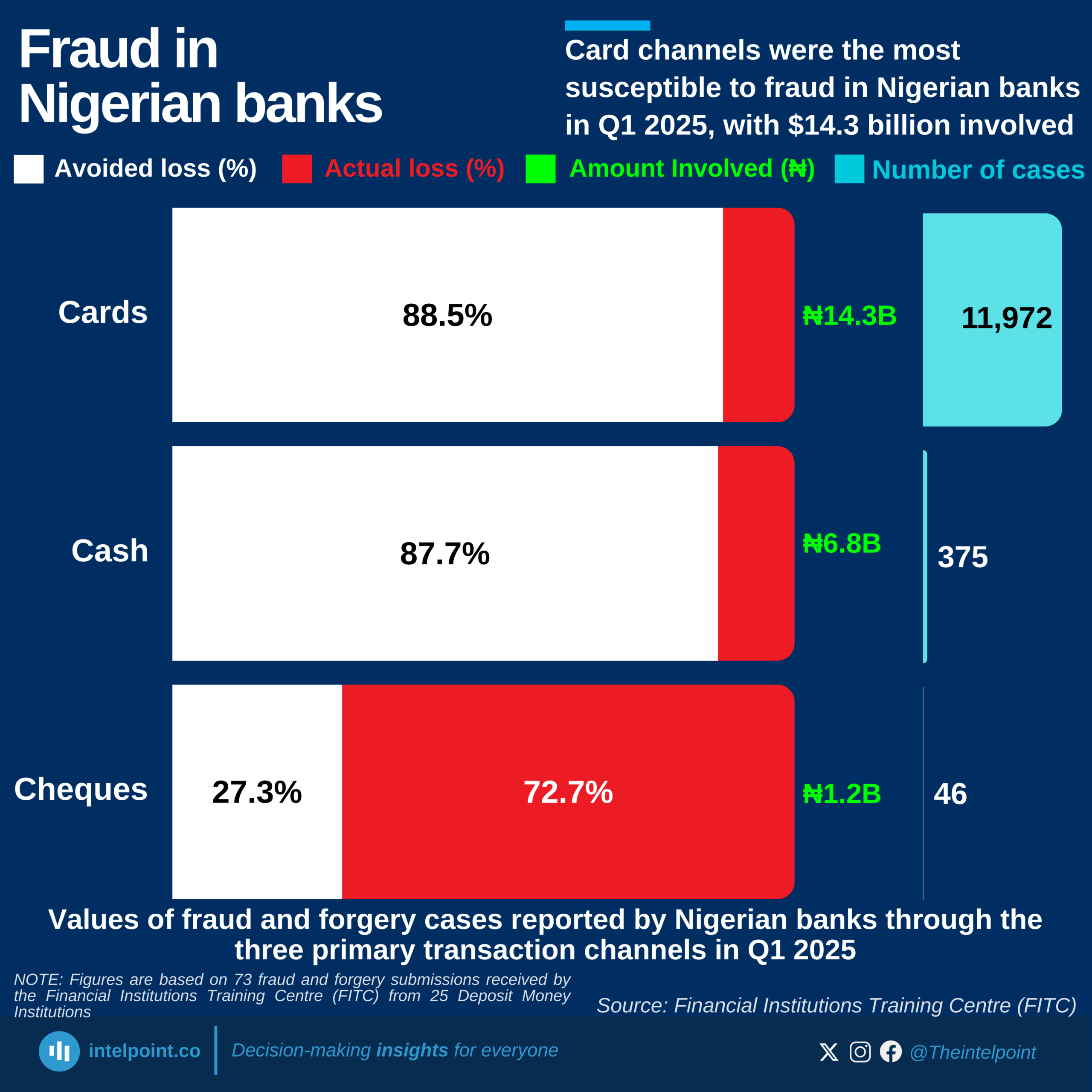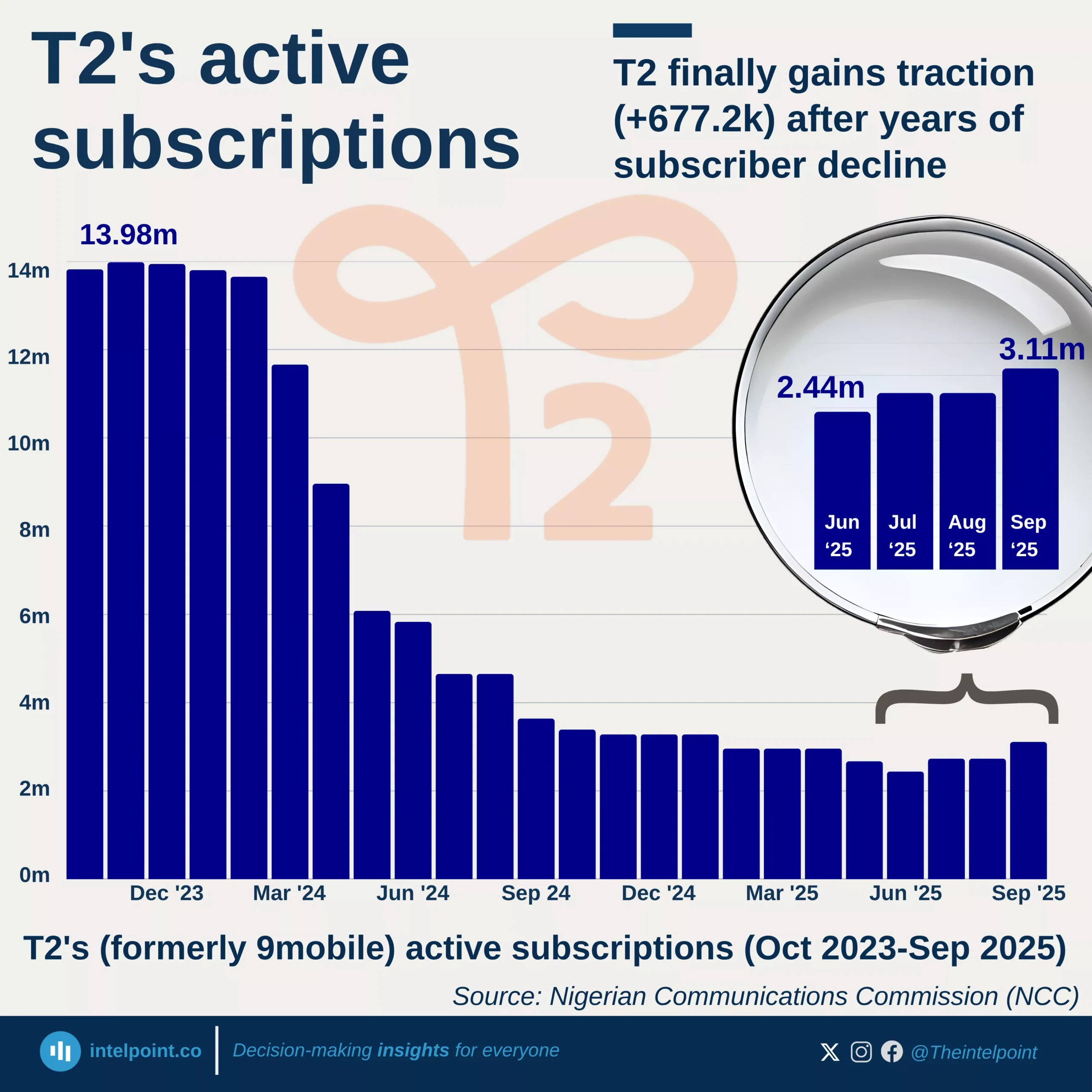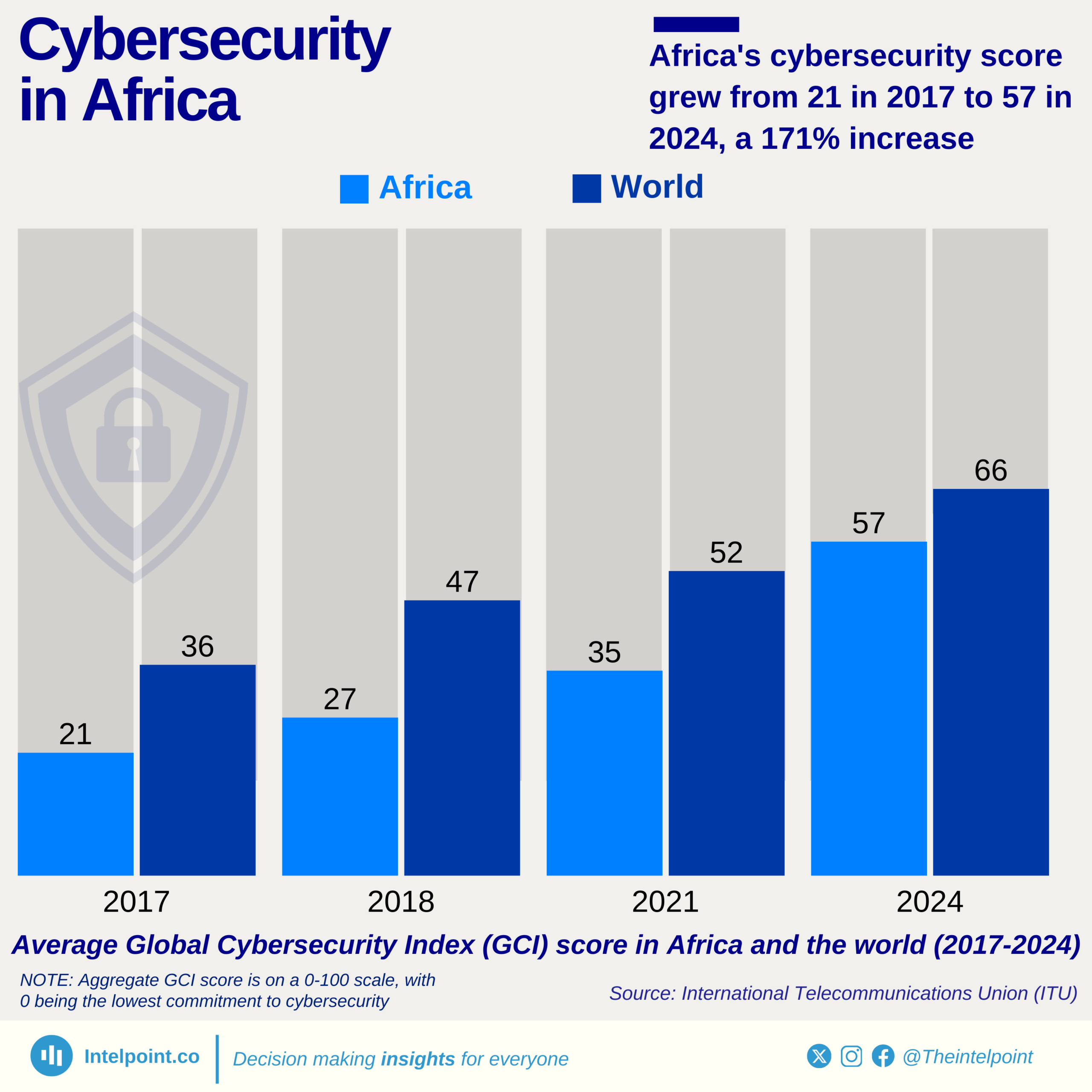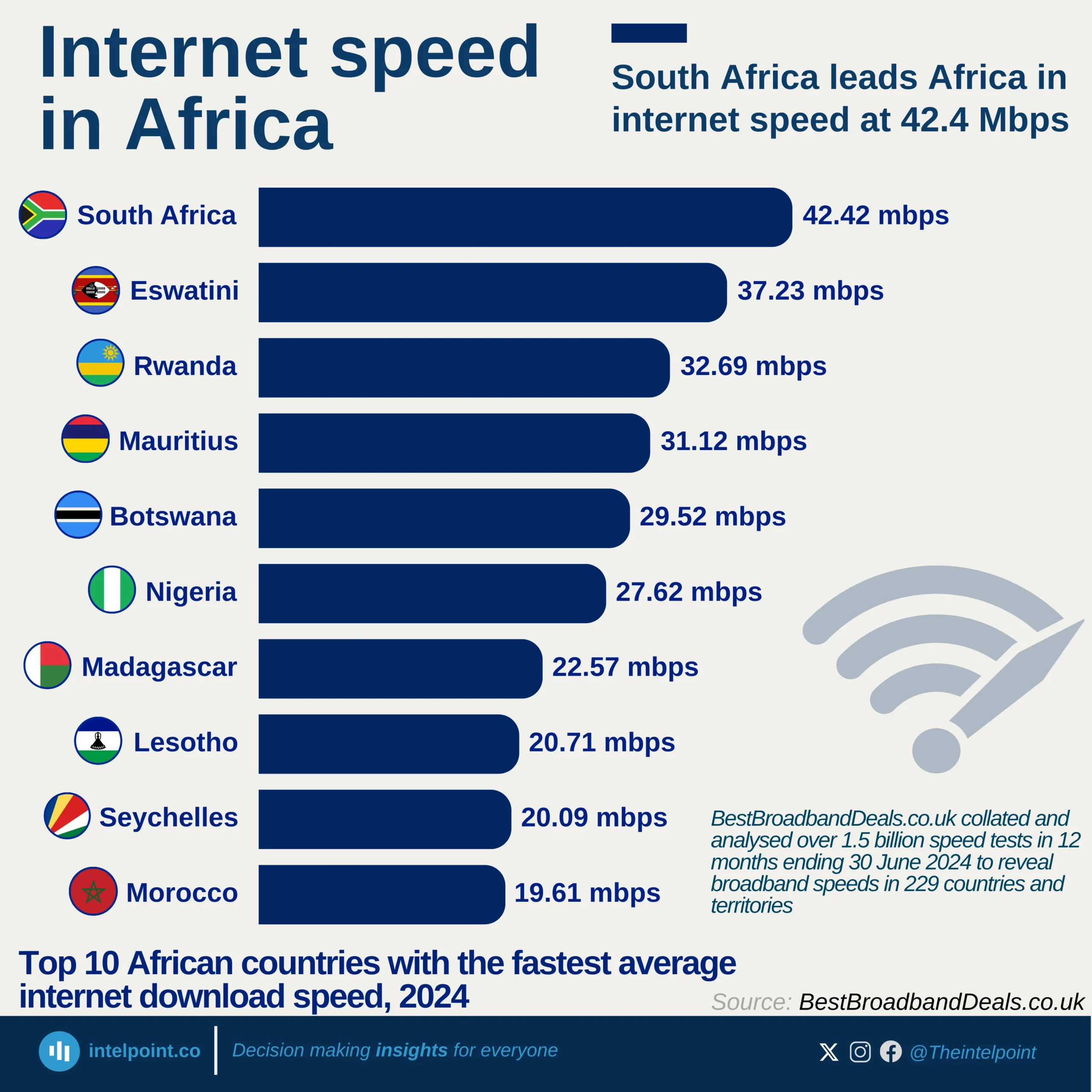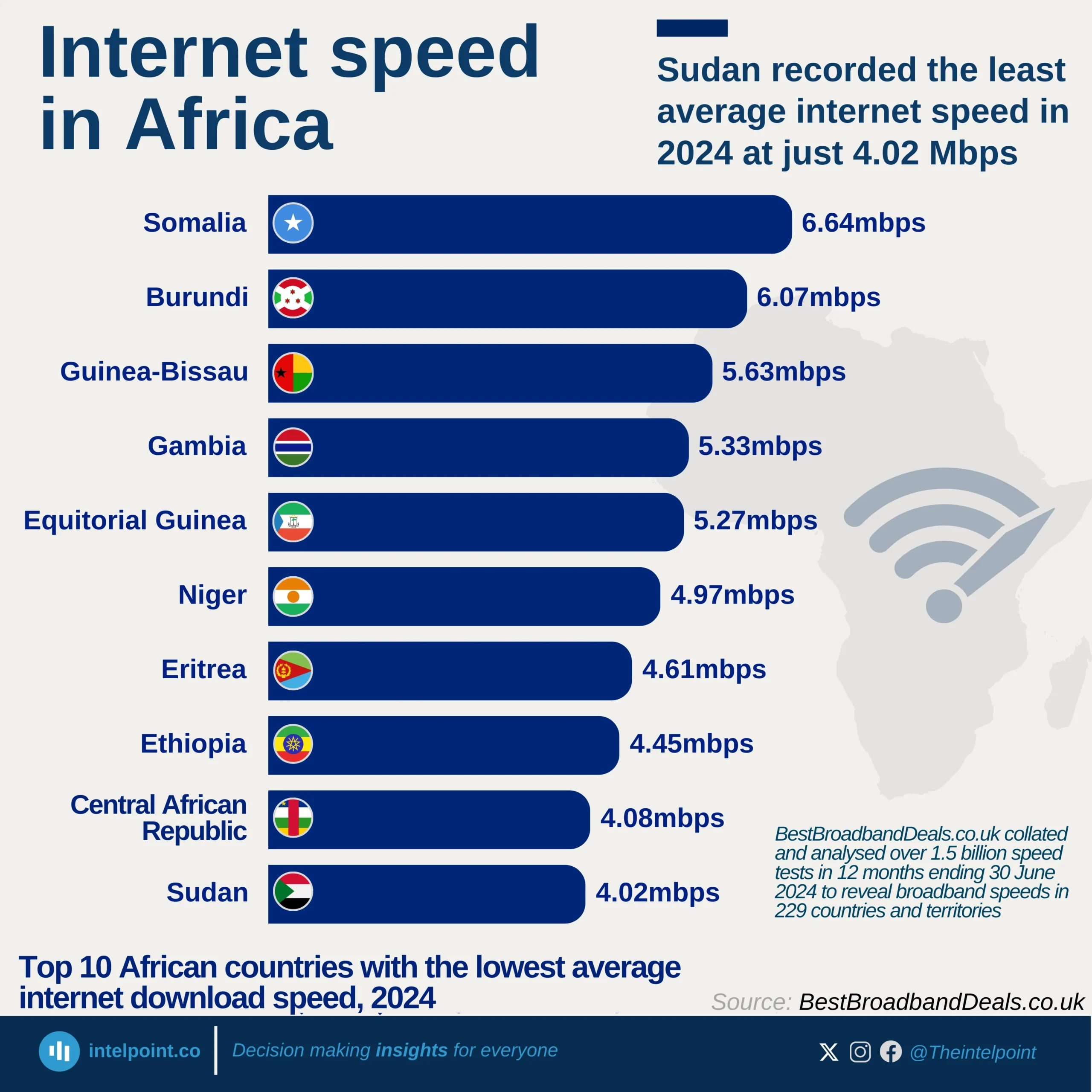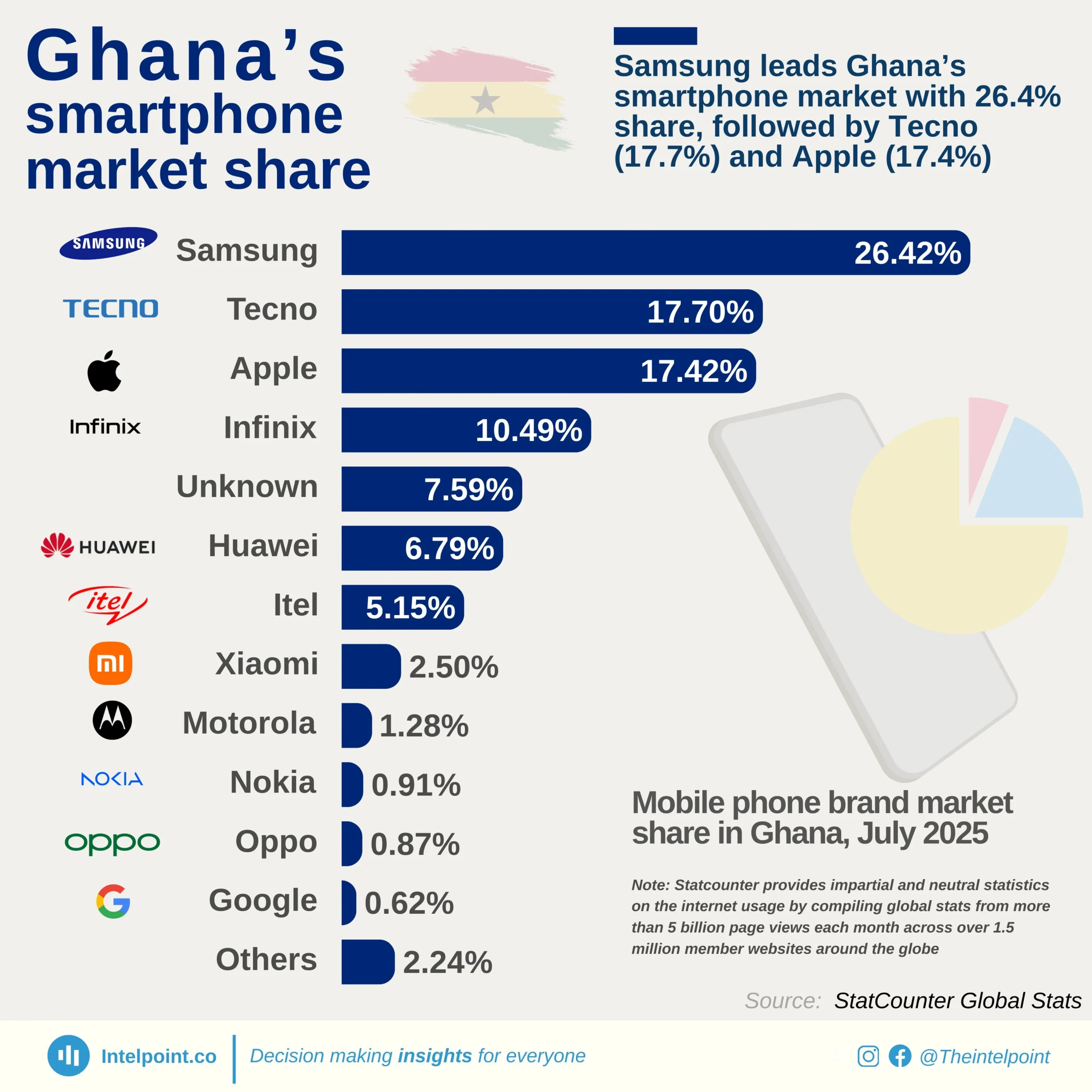Between April and July 2025, over 50% of mobile network outages in Nigeria were caused by fibre cuts, with power outages responsible for another 28.1%. In total, these two causes alone accounted for nearly four out of every five disruptions, underscoring the central role of infrastructure in mobile service reliability. While issues like construction (3.5%) and vandalism (2.8%) were reported, their impact was marginal compared to fibre damage and energy instability.
